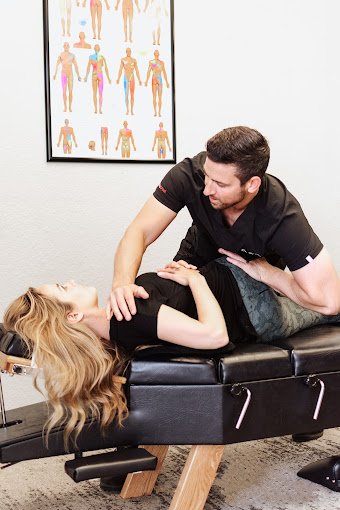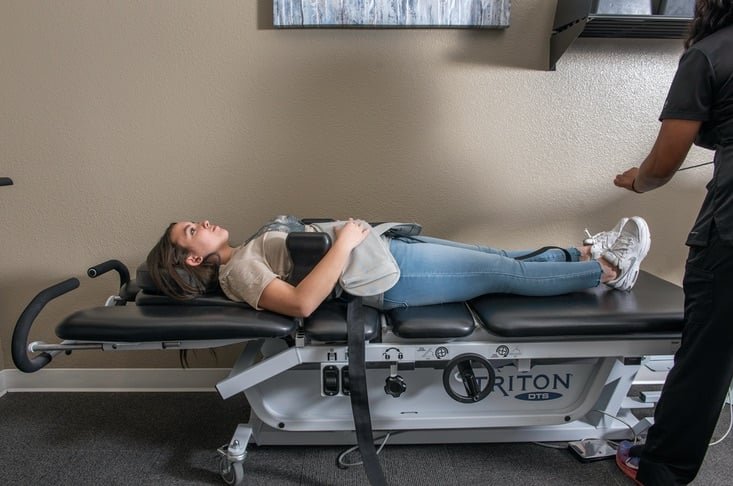
Spinal Decompression with CaliSpine means targeted, non-surgical treatment that promotes spinal health.
At CaliSpine, we specialize in spinal decompression, a non-invasive therapy designed to alleviate back pain and enhance spinal health. Our approach combines cutting-edge techniques with customized treatment plans, focusing on relieving pressure on spinal discs and nerves. Ideal for those suffering from chronic back pain, herniated discs, or sciatica, our spinal decompression services are a cornerstone of comprehensive spinal care in San Diego.
Whether you're on the path to recovery from an injury or seeking relief from persistent back pain, CaliSpine provides expert care to help improve your quality of life.
Our Process to Spinal Decompression
-

Assessment and Preparation
We first evaluate your condition by reviewing your medical history, physical examination, and possibly imaging tests to determine the exact nature of the spinal issue.
-

Decompression Therapy
Then, we start decompression therapy. Controlled mechanical traction is applied to the spine, gently stretching it and creating negative pressure within the discs. The sessions typically last about 30 to 45 minutes.
-

Post-Therapy Care
After the decompression session, additional treatments may be applied to enhance the therapy's effectiveness. The patient might be given specific exercises or stretches to do at home to strengthen the core muscles supporting the spine and to promote flexibility.
What Is Spinal Decompression?
Spinal decompression is a non-surgical treatment aimed at relieving back pain and promoting the healing of intervertebral discs. This therapy involves the use of a traction table or similar motorized device to gently stretch the spine. During the procedure, negative pressure is created within the disc, which can lead to the retraction of herniated or bulging disc material, thereby taking pressure off nerves and other structures in the spine. This process enhances the movement of water, oxygen, and nutrient-rich fluids into the discs, fostering a better healing environment. Spinal decompression is often used to treat conditions such as sciatica, degenerative disc disease, herniated discs, and spinal stenosis, offering patients a potential alternative to invasive surgical procedures.
Who is a Good Candidate for Spinal Decompression & How Long Until I Feel Results?
Ideal candidates include those with neck or back pain, sciatica, disc herniation, bulging discs, degenerative disc disease, or pinched nerves. It's not recommended for patients with spinal fusions, those who are pregnant, or those who have artificial discs.
The relief timeline can vary, with many patients feeling improvement after their first session. A typical treatment plan involves multiple sessions over a few weeks, and the exact number of sessions depends on individual conditions.


